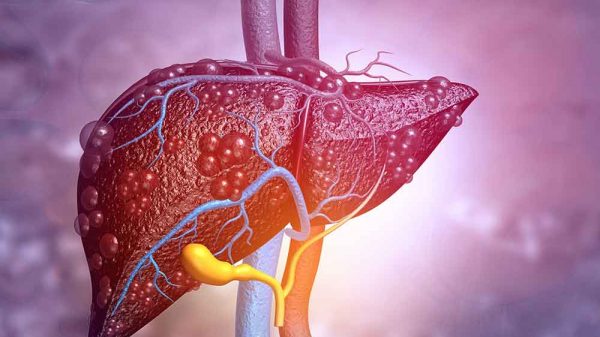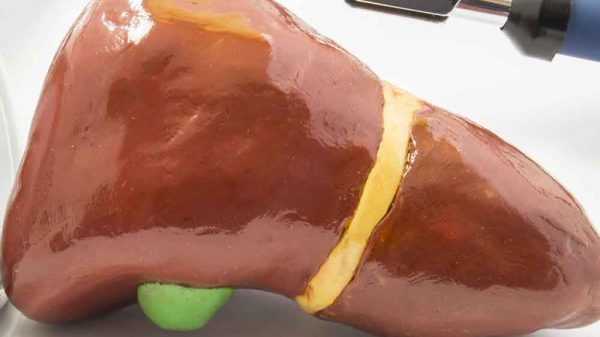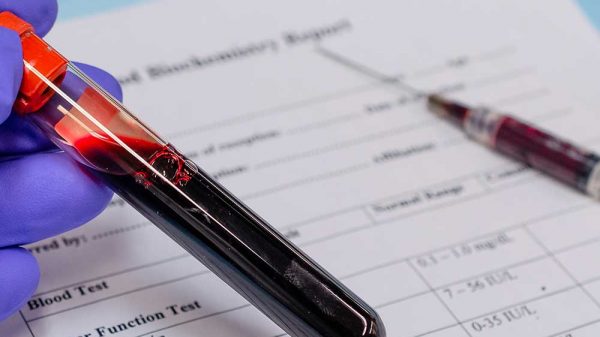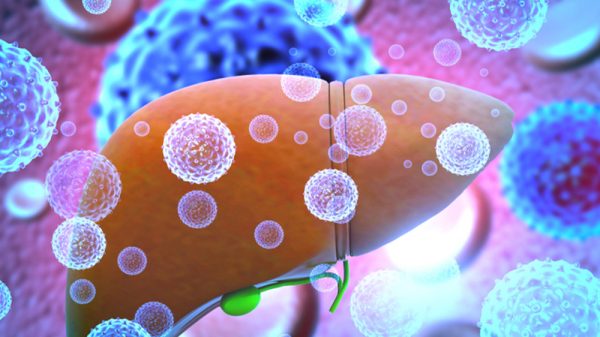Psoriasis is a skin condition that can involve different symptoms like skin that’s red, bumpy, and scaly. They can appear anywhere on the skin that usually shows in areas like the elbows or knees. Psoriasis can be difficult to diagnose. That’s because there are so many types of skin rashes that people can experience. It’s critical to know if you have this condition because it can be quite painful. It can result in different symptoms like the rashes becoming rashes that are red, itchy, painful, cracked, and loose. These are many symptoms to watch out for.
What Is Psoriasis Skin Rash?
Psoriasis skin rash involves a red, bumpy skin patch that includes silver scales. You can get these rashes anywhere on the body. However, the most common areas include:
- Elbows
- Knees
- Back
- Scalp
These rashes can’t be passed on to other people. However, they can be hard to deal with, so it’s important to know the basics of psoriasis. They can also cover different amounts of skin. So you could suffer from this condition even if it only covers a small area of your skin.
Psoriasis begins as small/red bumps. They can also have scales after growing larger. Even though the skin can look thick, it might bleed if you rub or pick the scales. You can also experience cracked/painful skin. If nails are affected by this condition, they can become thicker/cracked/loose.
It’s one thing to have a short-term skin rash because of a food allergy or insect bite. However, if your rash doesn’t heal, then you should talk to your doctor. He/She can do an exam and order tests to determine whether or not you have skin cirrhosis.
Health experts believe that this condition is related to different factors, including inflammation due to immune system problems. These results in skin cells forming too fast. It results in the new skin cells showing up every 3 to 4 days instead of 10 to 30 days.
The silver scales appear because many new cells are replacing old cells. Since the process happens faster than normal, resulting in silver scales.
Possible causes of psoriasis include strep infections, cuts, scrapes, and emotional stress. It’s essential to watch for symptoms of skin cirrhosis, so you’ll know whether or not you have this condition.
There are several treatments for this skin condition including:
- Vitamin D creams
- Skin moisturizers (dry skin)
- Retinol/Retinoid (Vitamin A) creams
- Coal tar
- Steroid creams
Psoriasis: Skin Rash Symptoms
It’s important to identify the signs of psoriasis. Here are some things to look for:
Cracked Skin
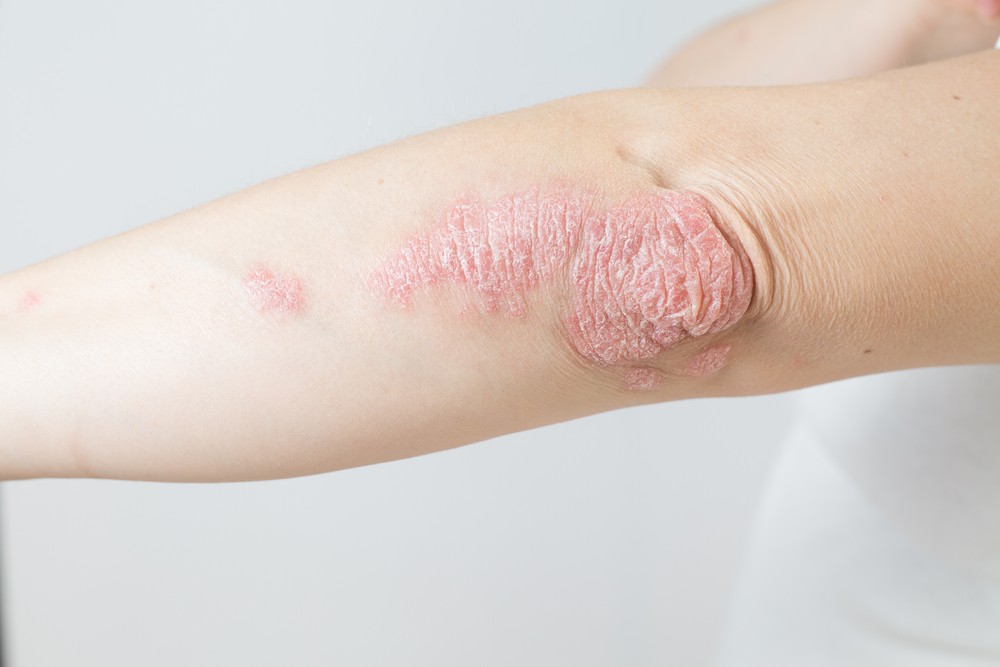
That can make rashes and other symptoms even worse. Dry skin can be a tough symptom to deal with. However, it’s even worse if it becomes super-dry since you’ll then have to deal with the possibility of cracked/bleeding skin. That is why it’s critical to manage the dry skin as effectively as possible to prevent the symptoms from worsening.
White/Silver Scales

These form on the red patches of skin. These growths can make it tougher to deal with skin cirrhosis since you’re not only dealing with the rashes but also scales on top of them. That could cause symptoms like itchiness, which can make them tougher to deal with. Dealing with any kind of rashes can be tough enough.
Nail and Joint Conditions
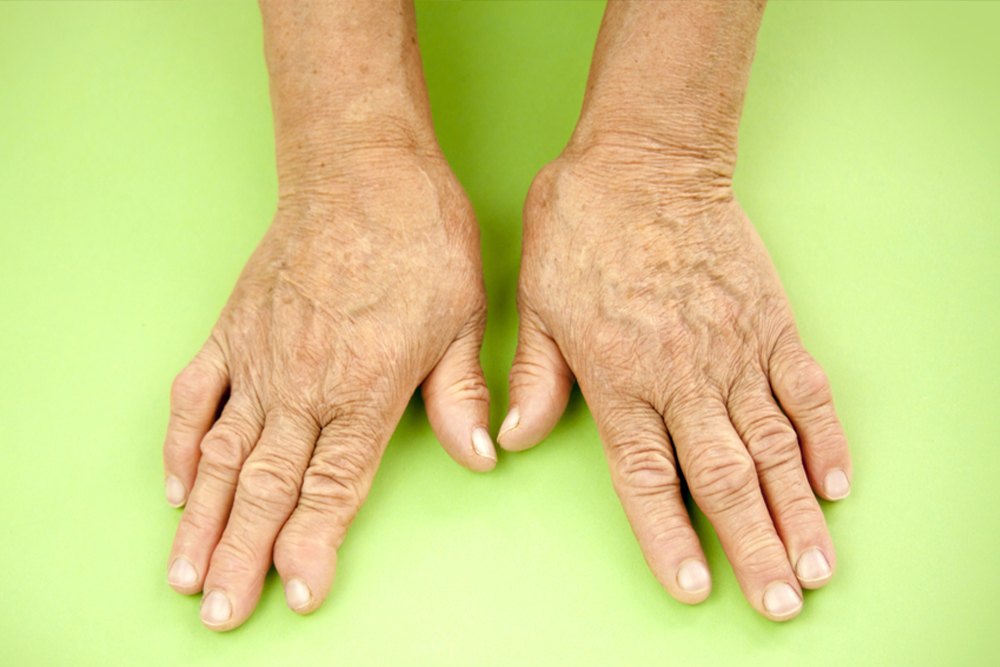
You also might experience pitted nails or swollen joints. These conditions can make it even tougher to deal with skin cirrhosis. As with the skin symptoms you should deal with nail/joint issues as well as you can to help prevent them from worsening.
Red and Inflamed Skin Patches
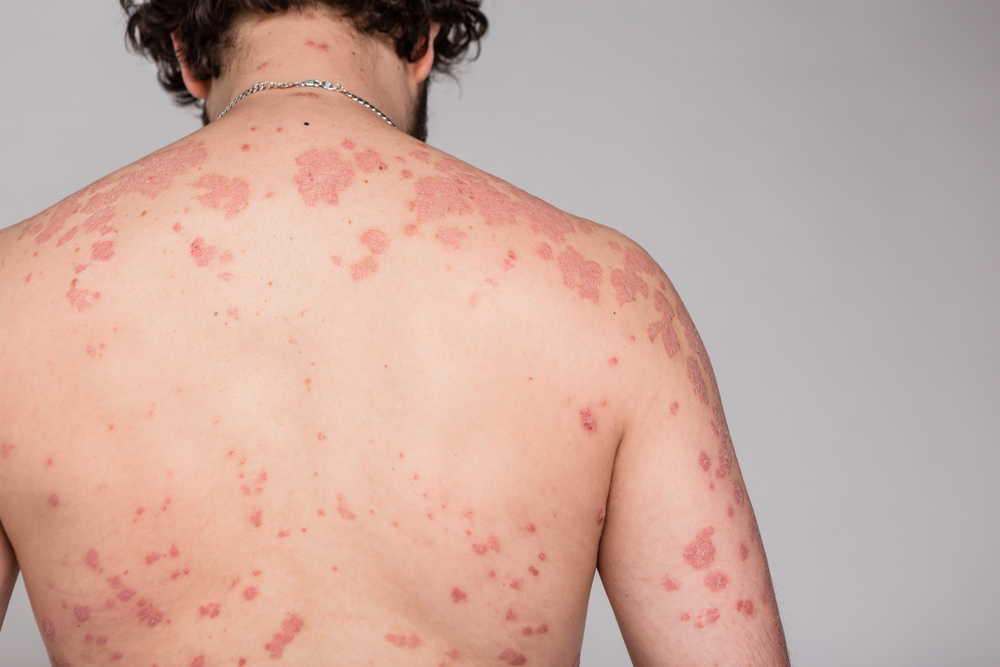
This symptom could be connected to several kinds of skin problems. However, it’s important to look for skin that’s red and raised if you want to know if you have skin cirrhosis.
It’s important to note that this condition makes the skin not only red but also raised. If the rash is flush with the skin, then there’s a good chance you have a different condition.
Burning/Itching
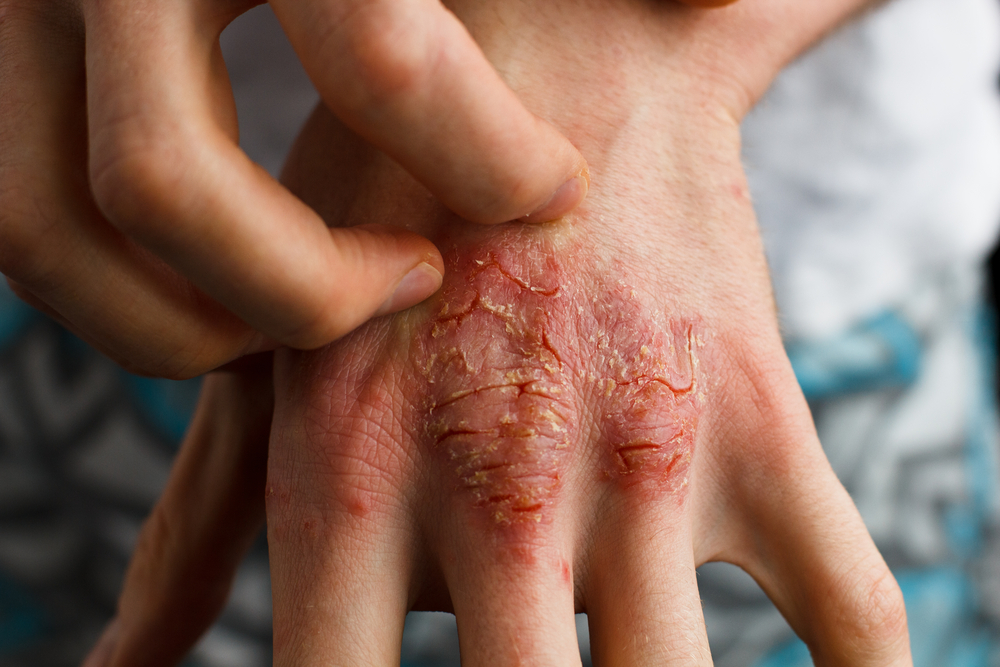
Inflammation can make the rashes worse, and these are some of the symptoms you might have to deal with. They happen around the patches of red/irritated skin. These are common symptoms related to skin conditions and can make it even more difficult to deal with them.
Home Remedies for Psoriasis Skin Rashes
Turmeric
The bright-yellow herb doesn’t just add flavor to curry dishes. I might also help to reduce psoriasis outbreaks. You have a few options, including dietary supplements and meals like chicken curry.
Epsom Salt Bath
You can also use Dead Sea salt. Add a little to your bath water, then soak for around 15 minutes. Add a moisturizer after bath time to seal in the H2O. That will allow you to keep benefiting from the saltwater after the soak.
Tea Tree Oil
Some studies show that the Australian essential oil might help deal with skin cirrhosis on the scalp. You can find shampoos that contain TTO.
Sunlight Exposure
Make sure not to overdo it and wear sunscreen. The ultraviolet B (UVB) rays can help to zap psoriasis. Make sure to add some SPF 30+ sunscreen to protect from UVA/UVB rays.
Capsaicin (Chili Peppers)
This substance is believed to reduce the rash’s redness and inflammation. Some over-the-counter (OTC) skin creams have capsaicin. You should probably avoid this option if you have sensitive skin since there are some reports of a burning feeling when applying it to the skin.
Apple Cider Vinegar
The distilled apple juice/vinegar industry has been around for decades but is still a popular folk remedy. You can apply the fermented drink to your head a couple of times during the week (full-strength/diluted).
There are a few caveats. Make sure your scalp isn’t bleeding/cracked when adding ACV. Rinse out the ACV to prevent skin irritation due to the high acidity.
Moisturizer
Make sure to use a thick moisturizer like petroleum jelly to provide the best relief. These products can provide various benefits. They’ll help reduce redness and lock moisture into the skin to speed up the recovery process.

